International
Former Uruguayan President José Mujica, who has a gastrostomy, is operated on
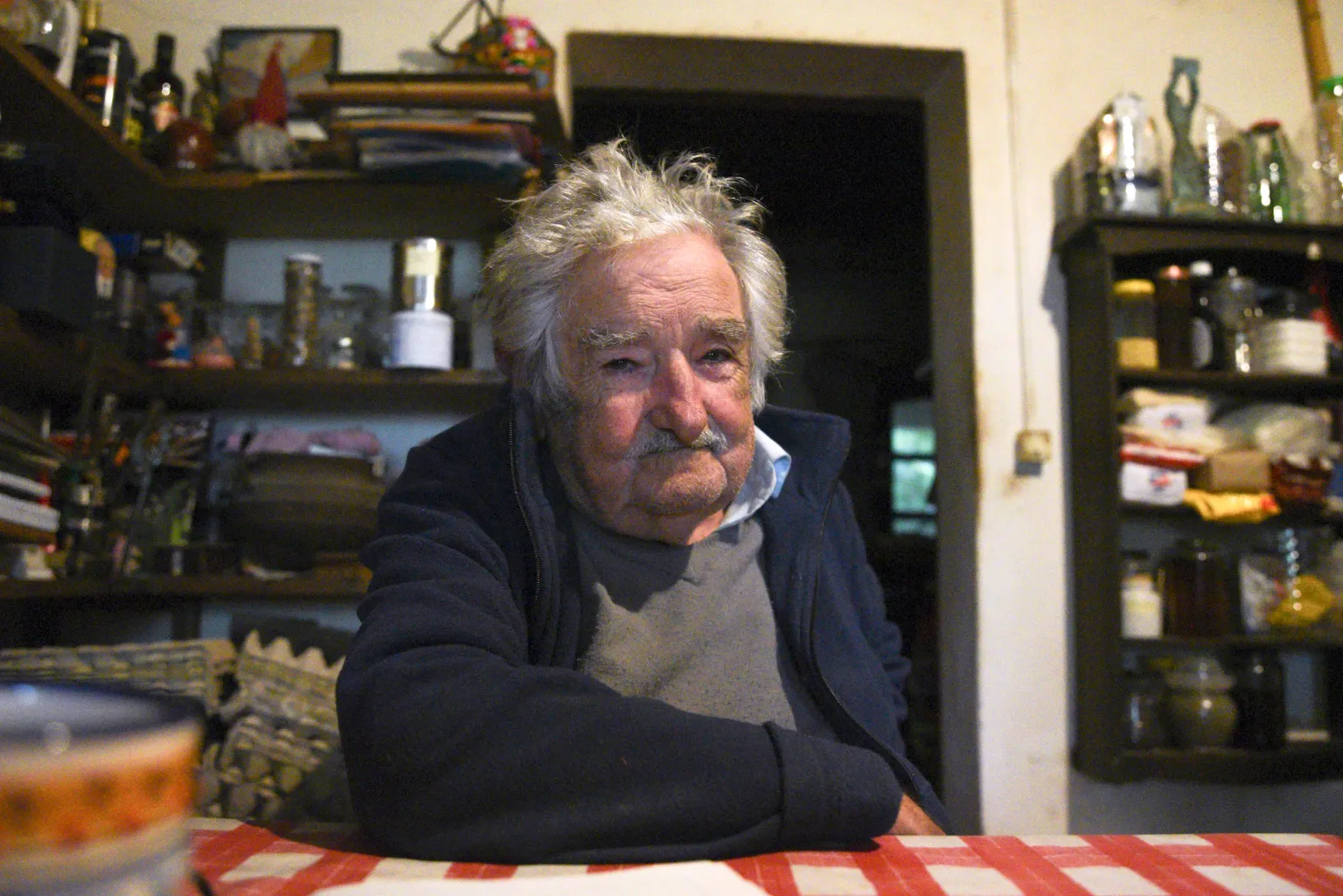
The former president of Uruguay José Mujica was operated on this Saturday in the sanatorium where he was hospitalized, where he had a gatrostomy for feeding.
This was indicated in a press conference by his personal doctor, Raquel Pannone, who stressed that the procedure was carried out in the morning hours, its result was “excellent” and the former president is recovering accompanied by his wife, Lucía Topolansky.
“The situation, as I told you 48 hours ago, was to try to achieve oral feeding in the best conditions, with the right preparation. We tried to do it and the result was not entirely satisfactory,” said the doctor, who added that that led them to make the decision to climb a new step and do a gastrostomy for feeding.
What is the purpose of the intervention with former President Mujica?
“This gastrostomy allows us safe access for food and hydration, with a good flow and to be able to allow, while this happens, the esophagus can be repaired naturally. That’s what we bet on: to have it better nourished, well hydrated and give the esophagus time to fulfill the natural stages of recovery,” Pannone said.
He added that it is not known how long this process will take and that it will depend on its nature and evolution. He also added that when it ends, Mujica will return to a normal diet.
Meanwhile, the doctor explained, the former president will be fed with certain preparations or with foods with an adequate consistency.
“Progressively, we will continue to test oral tolerance and as soon as this is okay he will eat normally again,” Pannone reiterated, who added that Mujica will remain hospitalized for a few more days.
Boarding since Thursday
The former president who arrived this Thursday at a sanatorium in Montevideo, has been under rehydration due to the little liquid intake he was receiving.
This was explained that day by Pannone in a press conference in which he indicated that the former president has a fibrosis in the esophagus as a result of the radiotherapy treatment he received in that area, which generates difficulties in feeding.
“’Pepe’ is back in the sanatorium. The cause of the transfer to the sanatorium this time has to do with the fat that he was receiving very little liquid intake at home by oral route and he was not receiving enough food. That was the reason for moving it,” the doctor pointed out.
He added that he was tested and he began to be rehydrated intravenously.
Last week, the former president had already entered the sanatorium after having difficulties feeding himself due to the radiotherapy treatment he received months ago, as a result of a malignant tumor in the esophagus.
International
U.S. and Mexico Reach Deal to Address Water Deficit Under 1944 Treaty
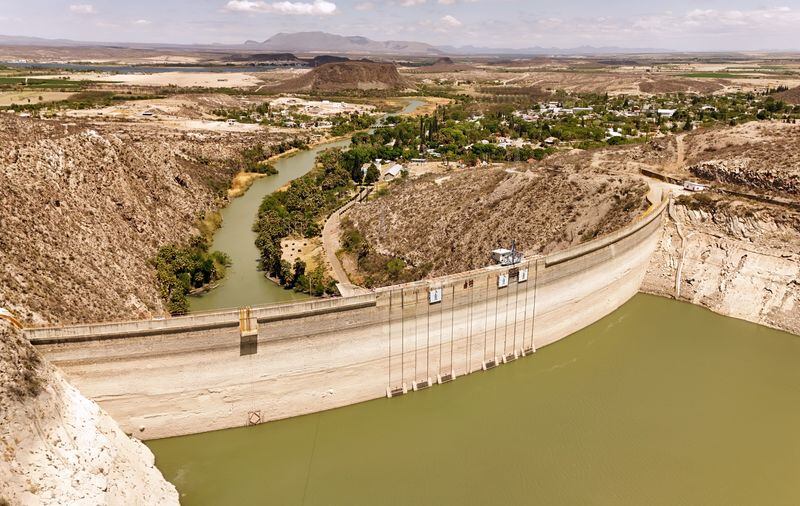
The United States and Mexico have reached an agreement to comply with current water obligations affecting U.S. farmers and ranchers and for Mexico to cover its water deficit to Texas under the 1944 Water Treaty, the U.S. Department of Agriculture said in a statement.
The department уточified that the agreement applies to both the current cycle and the water deficit from the previous cycle.
On Monday, U.S. President Donald Trump accused Mexico of failing to comply with the water-sharing treaty between the two countries, which requires the United States to deliver 1.85 billion cubic meters of water from the Colorado River, while Mexico must supply 432 million cubic meters from the Rio Grande.
Mexico is behind on its commitments. According to Washington, the country has accumulated a deficit of more than one billion cubic meters of water over the past five years.
“This violation is severely harming our beautiful crops and our livestock in Texas,” Trump wrote on Monday.
The Department of Agriculture said on Friday that Mexico had agreed to supply 250 million cubic meters of water starting next week and to work toward closing the shortfall.
Agriculture Secretary Brooke Rollins, quoted in the statement, said Mexico delivered more water in a single year than it had over the previous four years combined.
Trump has said that if Mexico continues to fall short of its obligations, the United States reserves the right to impose 5% tariffs on imported Mexican products.
Mexico’s Deputy Foreign Minister for North America, Roberto Velasco, said that a severe drought in 2022 and 2023prevented the country from meeting its commitments.
International
Several people shot in attack on Brown University campus

Several people were shot on Saturday in an attack on the campus of Brown University, in the northeastern United States, local police reported.
“Shelter in place and avoid the area until further notice,” the Providence Police Department urged in a post on X. Brown University is located in Providence, the capital of the state of Rhode Island.
U.S. President Donald Trump said on his social media platform Truth Social that he had been briefed on the situation and that the FBI was on the scene.
At 5:52 p.m. local time (11:52 p.m. GMT), Brown University said the situation was still “ongoing” and instructed students to remain sheltered until further notice.
After initially stating that the suspect had been taken into custody, Trump later posted a second message clarifying that local police had walked back that information. “The suspect has NOT been apprehended,” the U.S. president said.
International
Colombia says it would not reject Maduro asylum request as regional tensions escalate
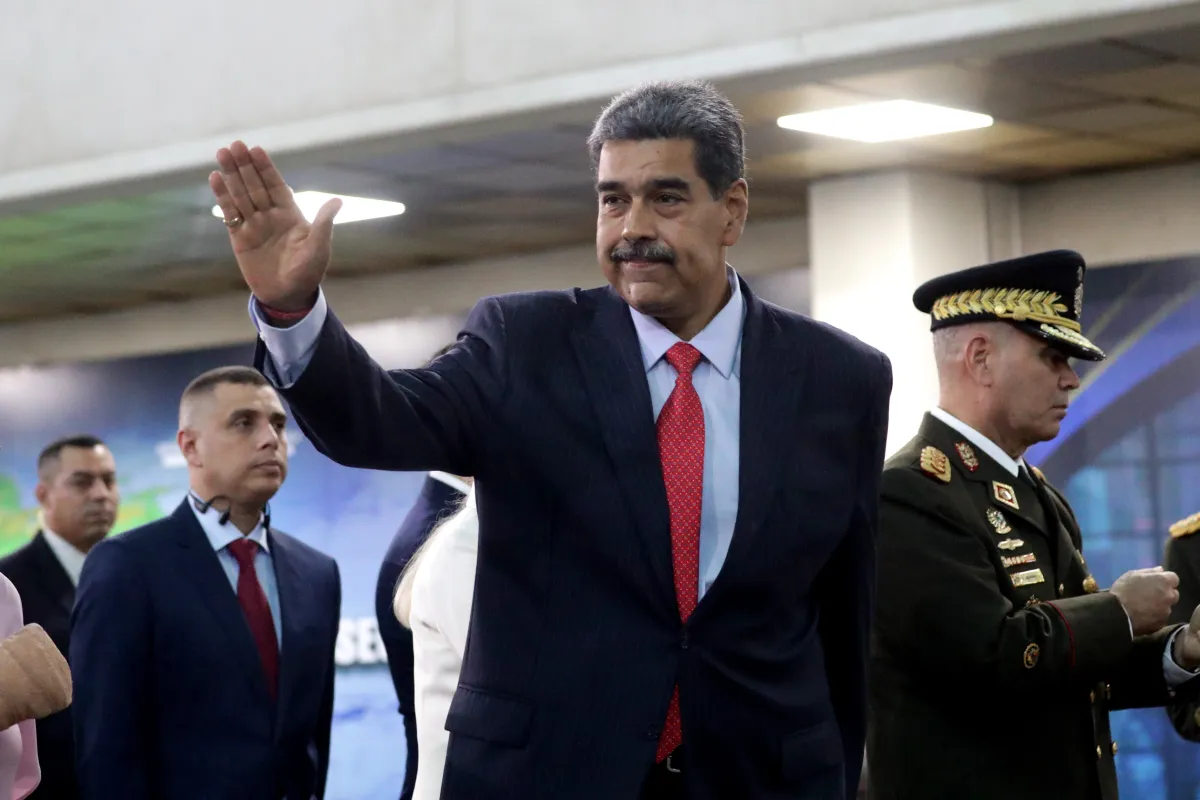
The Colombian government stated on Thursday that it would have no reason to reject a potential asylum request from Venezuelan President Nicolás Maduro should he leave office, as regional tensions persist over the deployment of U.S. military forces in the Caribbean since August.
“In the current climate of tension, negotiations are necessary, and if the United States demands a transition or political change, that is something to be assessed. If such a transition results in him (Maduro) needing to live elsewhere or seek protection, Colombia would have no reason to deny it,” said Colombian Foreign Minister Rosa Villavicencio in an interview with Caracol Radio.
However, Villavicencio noted that it is unlikely Maduro would choose Colombia as a refuge. “I believe he would opt for someplace more distant and calmer,” she added.
Colombian President Gustavo Petro also commented on Venezuela’s situation on Wednesday, arguing that the country needs a “democratic revolution” rather than “inefficient repression.” His remarks followed the recent detention and passport cancellation of Cardinal Baltazar Porras at the Caracas airport.
“The Maduro government must understand that responding to external aggression requires more than military preparations; it requires a democratic revolution. A country is defended with more democracy, not more inefficient repression,” Petro wrote on X (formerly Twitter), in a rare public criticism of the Venezuelan leader.
Petro also called for a general amnesty for political opponents and reiterated his call for forming a broad transitional government to address Venezuela’s prolonged crisis.
Since September, U.S. military forces have destroyed more than 20 vessels allegedly carrying drugs in Caribbean and Pacific waters near Venezuela and Colombia, resulting in over 80 deaths.
U.S. President Donald Trump has repeatedly warned that attacks “inside Venezuela” will begin “soon,” while Maduro has urged Venezuelans to prepare for what he describes as an impending external aggression.
-
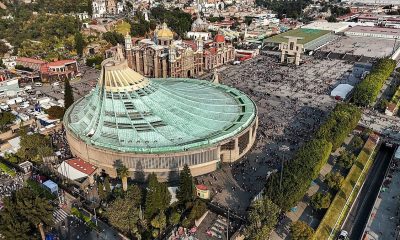
 International4 days ago
International4 days agoMexico City prepares for 13 million pilgrims at Basilica of Guadalupe
-
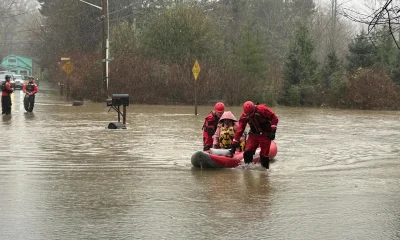
 International3 days ago
International3 days agoWashington declares State of Emergency as atmospheric river brings severe flooding
-

 International3 days ago
International3 days agoU.S. to require five-year social media history from tourists under Visa Waiver Program
-

 Central America4 days ago
Central America4 days agoHonduras’ electoral chief reports ongoing technical issues but says results remain intact
-
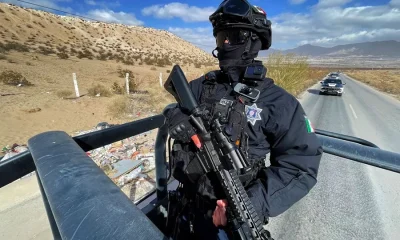
 Central America5 days ago
Central America5 days agoMexico and Guatemala launch joint security operation after Agua Zarca border attack
-
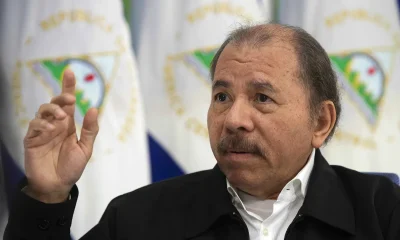
 Central America4 days ago
Central America4 days agoU.S. accuses Ortega regime of systematic human rights abuses in Nicaragua
-
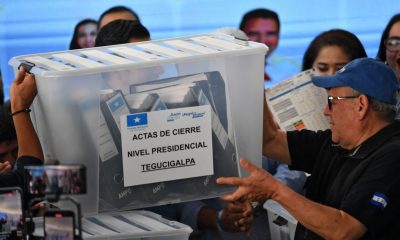
 Central America4 days ago
Central America4 days agoU.S. finds no evidence of fraud in Honduras election despite delays
-
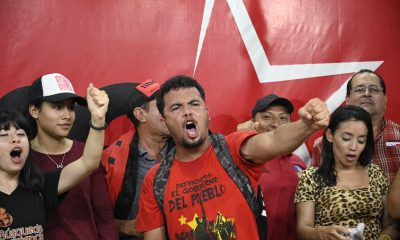
 Central America5 days ago
Central America5 days agoHonduran University: Nullifying elections without proof of fraud undermines popular sovereignty
-

 Central America3 days ago
Central America3 days agoOAS and EU urge honduran political actors to respect vote results and avoid unrest
-

 Central America5 days ago
Central America5 days agoCNA director says Libre’s defeat stems from “lack of substance,” not messaging
-
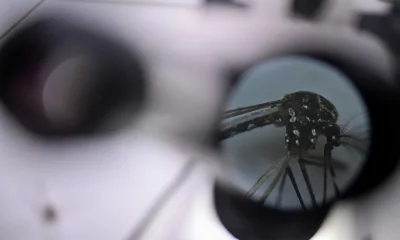
 International2 days ago
International2 days agoCuba battles out-of-control dengue and chikungunya epidemic as death toll rises to 44
-

 Central America2 days ago
Central America2 days agoHonduras election crisis deepens as CNE president denounces intimidation attempts
-
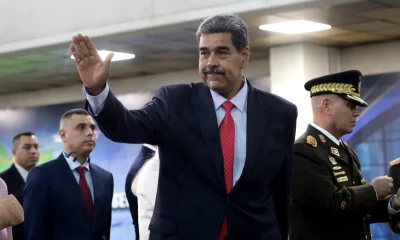
 International2 days ago
International2 days agoColombia says it would not reject Maduro asylum request as regional tensions escalate
-
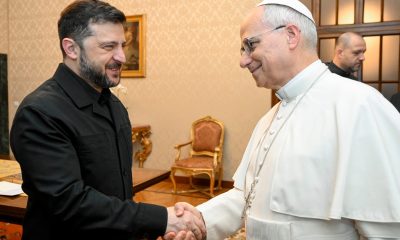
 International5 days ago
International5 days agoZelensky meets Pope Leo XIV as review of U.S. peace plan continues
-
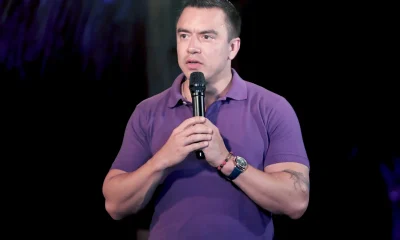
 International3 days ago
International3 days agoSix ecuadorian soldiers jailed pending trial for alleged extrajudicial execution
-
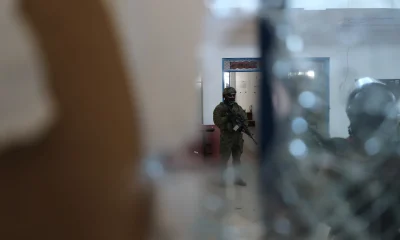
 International2 days ago
International2 days agoEcuador on track for record violence as homicides hit highest level in Latin America again
-

 International13 hours ago
International13 hours agoSeveral people shot in attack on Brown University campus
-
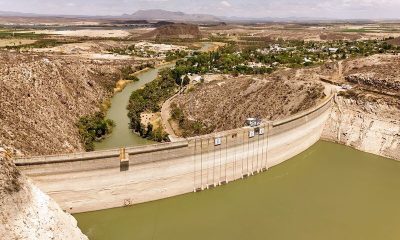
 International10 hours ago
International10 hours agoU.S. and Mexico Reach Deal to Address Water Deficit Under 1944 Treaty


























